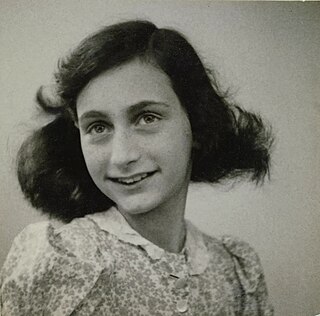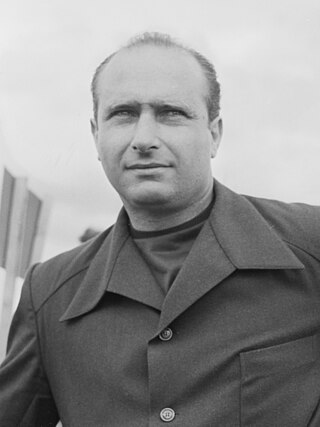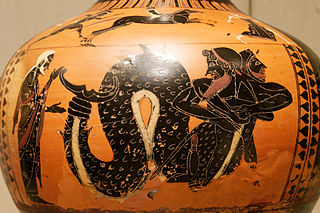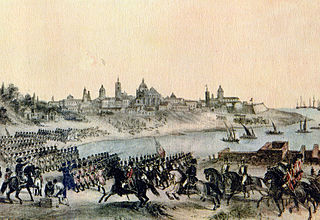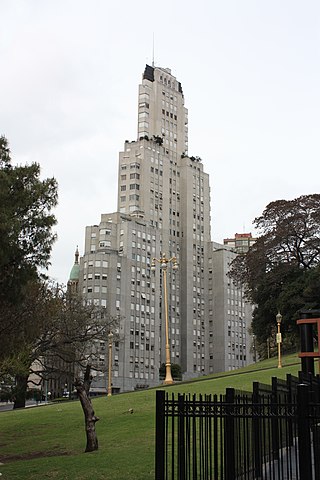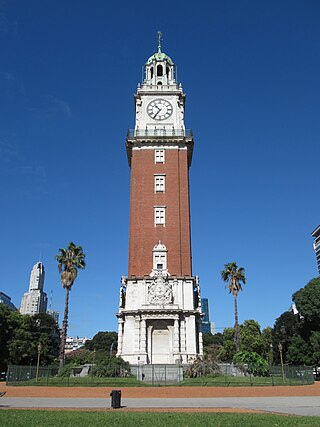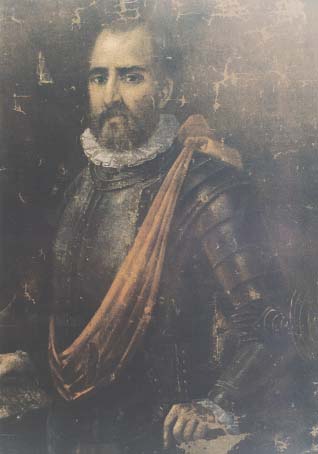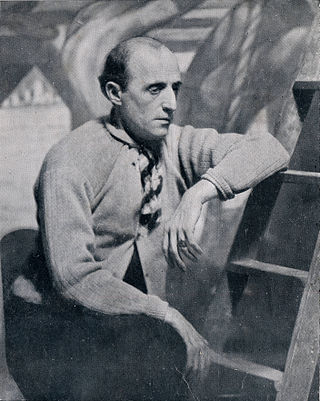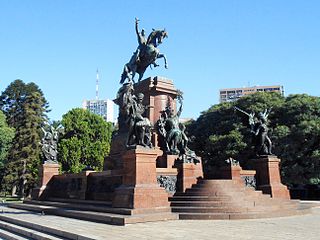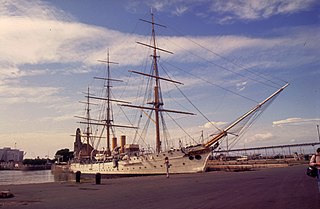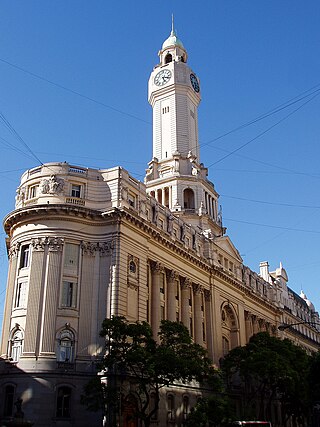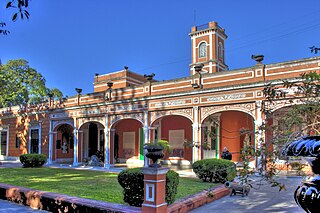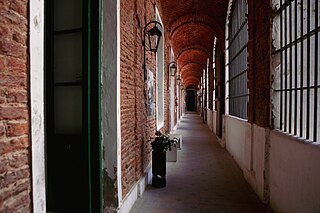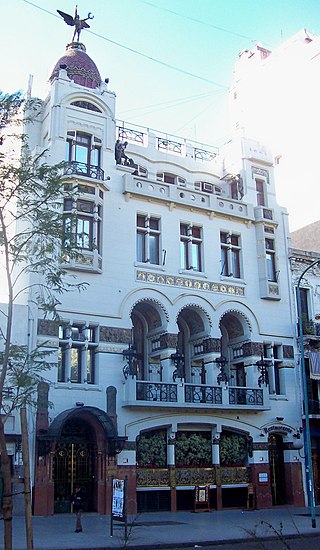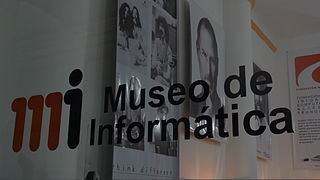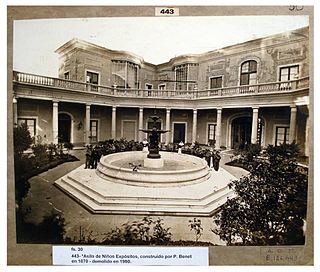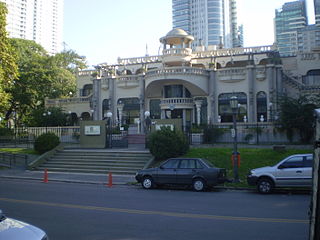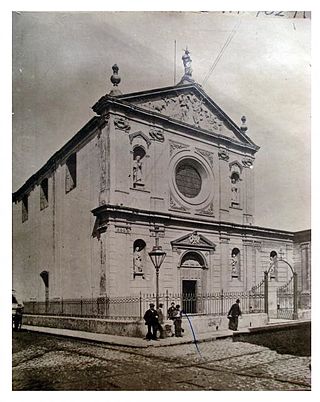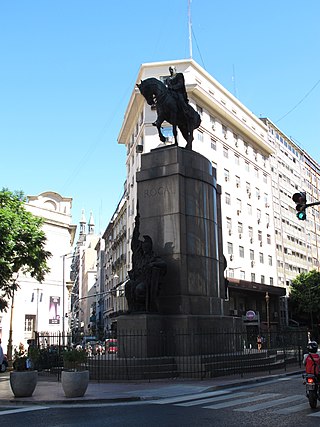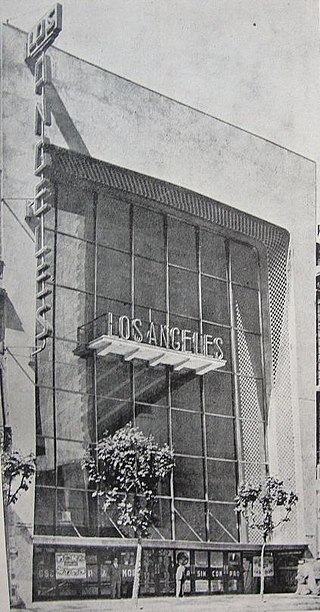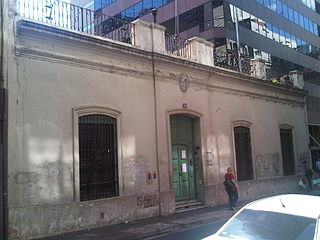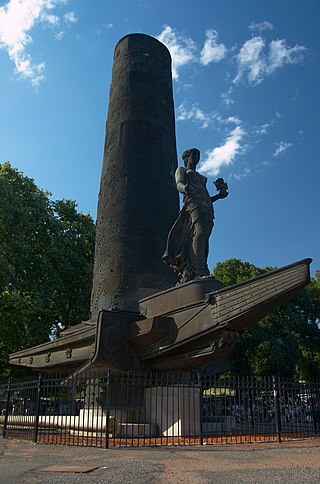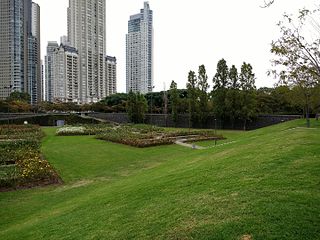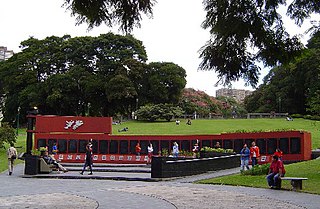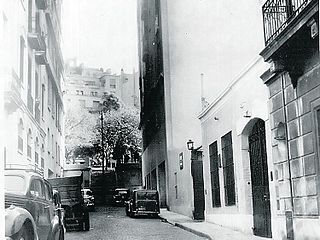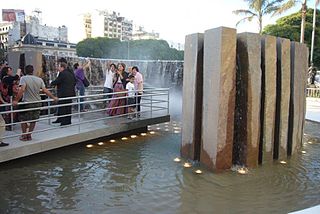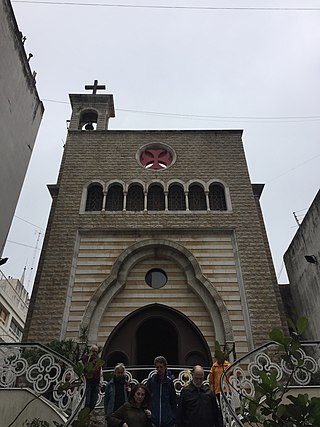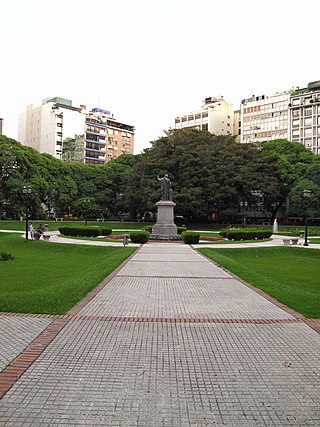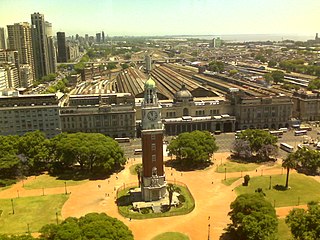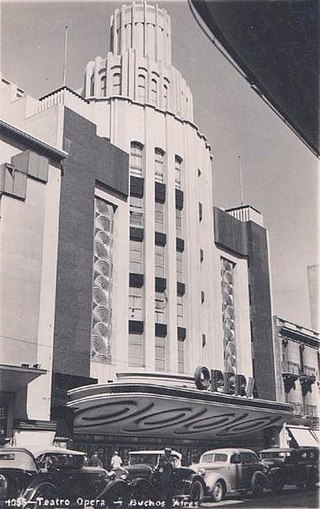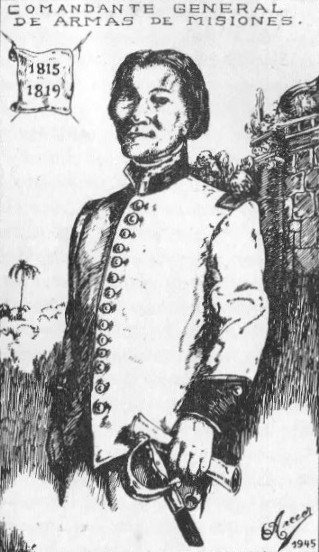43 Sights in Buenos Aires, Argentina (with Map and Images)
Legend
Premium Sights
Book tickets, guided tours and activities in Buenos Aires.
Guided Free Walking Tours
Book free guided walking tours in Buenos Aires.
Welcome to your journey through the most beautiful sights in Buenos Aires, Argentina! Whether you want to discover the city's historical treasures or experience its modern highlights, you'll find everything your heart desires here. Be inspired by our selection and plan your unforgettable adventure in Buenos Aires. Dive into the diversity of this fascinating city and discover everything it has to offer.
Sightseeing Tours in Buenos AiresActivities in Buenos Aires1. Statue of Anne Frank
Annelies Marie "Anne" Frank was a German-born Jewish girl who kept a diary documenting her life in hiding amid Nazi persecution during the German occupation of the Netherlands. A celebrated diarist, Frank described everyday life from her family's hiding place in an Amsterdam attic. She gained fame posthumously and became one of the most-discussed Jewish victims of the Holocaust with the 1947 publication of The Diary of a Young Girl, which documents her life in hiding from 1942 to 1944. It is one of the world's best-known books and has been the basis for several plays and films.
2. Statue of Juan Manuel Fangio
Juan Manuel Fangio was an Argentine racing driver, who competed in Formula One from 1950 to 1958. Nicknamed "El Chueco" and "El Maestro", Fangio won five Formula One World Drivers' Championship titles and—at the time of his retirement—held the record for most wins (24), pole positions (29), fastest laps (23), and podium finishes (35), among others.
3. Tritón
Triton is a Greek god of the sea, the son of Poseidon and Amphitrite. Triton lived with his parents in a golden palace on the bottom of the sea. Later he is often depicted as having a conch shell he would blow like a trumpet.
4. Plazoleta Federico Froebel
Friedrich Wilhelm August Fröbel or Froebel was a German pedagogue, a student of Johann Heinrich Pestalozzi, who laid the foundation for modern education based on the recognition that children have unique needs and capabilities. He created the concept of the kindergarten and coined the word, which soon entered the English language as well. He also developed the educational toys known as Froebel gifts.
5. Pink House
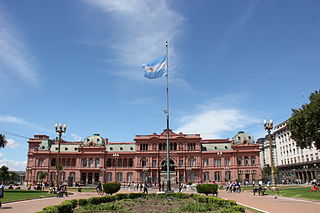
The Casa Rosada, literally the Pink House, is the president of the Argentine Republic's official workplace, located in Buenos Aires. The palatial mansion is known officially as Casa de Gobierno. Normally, the president lives at the Quinta de Olivos, the president of Argentina's official residence, located in Olivos, Greater Buenos Aires. The characteristic color of the Casa Rosada is baby pink, and it is considered one of the most emblematic buildings in Buenos Aires. The building also houses a museum, which contains objects relating to former presidents of Argentina. It has been declared a National Historic Monument of Argentina.
6. Obelisco
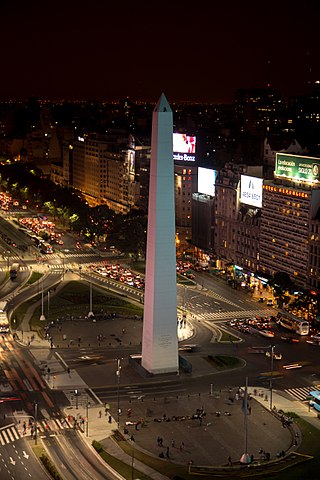
The Obelisco de Buenos Aires is a national historic monument and icon of Buenos Aires. Located in the Plaza de la República in the intersection of avenues Corrientes and 9 de Julio, it was erected in 1936 to commemorate the quadricentennial of the first foundation of the city.
7. Plaza de la Defensa
The second English invasion of the Río de la Plata, also called the second British invasion, took place after having had to capitulate in Buenos Aires in 1806 during the first of the English Invasions of the Viceroyalty of the Río de la Plata, the British fleet continued in the Río de la Plata waiting for the reinforcements that had been requested from England. Once reinforcements arrived, in 1807 he began a second invasion that culminated in his defeat and the restoration of Spain's power in the Río de la Plata with Santiago de Liniers as viceroy. This was the second and last English invasion although, technically, it was only one invasion. The ship that had transported the British in the first expedition never left the Río de la Plata and remained blockading the port of Buenos Aires. Nor was it only English since, among the invaders, there were also Scots.
8. Edificio Kavanagh
The Kavanagh Building is a residential skyscraper in Retiro, Buenos Aires, Argentina. Designed in 1934 by architects Gregorio Sánchez, Ernesto Lagos and Luis María de la Torre, it is considered a pinnacle of modernist architecture. At the time of its inauguration in 1936, the Kavanagh was the tallest building in Latin America surpassing the Palacio Salvo built in Montevideo, Uruguay in 1928, as well as the tallest building in the world with a reinforced concrete structure.
9. Women's Bridge
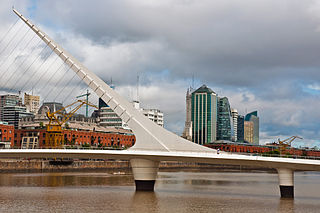
The Puente de la Mujer is a rotating footbridge for Dock 3 of the Puerto Madero commercial district of Buenos Aires, Argentina. It is of the cantilever spar cable-stayed bridge type and is also a swing bridge, but somewhat unusual in its asymmetrical arrangement. It has a single mast with cables suspending a portion of the bridge which rotates 90 degrees in order to allow water traffic to pass. When it swings to allow watercraft passage, the far end comes to a resting point on a stabilizing pylon.
10. Torre de los Ingleses
Torre Monumental, formerly known as Torre de los Ingleses, is a clock tower located in the barrio (district) of Retiro in Buenos Aires, Argentina. It is situated in the Plaza Fuerza Aérea Argentina by Avenida San Martín and Avenida del Libertador. It was a gift from the local British community to the city in commemoration of the centennial of the May Revolution of 1810.
11. Juan de Garay
Juan de Garay (1528–1583) was a Spanish conquistador. Garay's birthplace is disputed. Some say it was in the city of Junta de Villalba de Losa in Castile, while others argue he was born in the area of Orduña. There's no birth certification whatsoever, though Juan De Garay regarded himself as somebody from Biscay. He served under the Crown of Castille, in the Viceroyalty of Peru. He was governor of Asunción and founded a number of cities in present-day Argentina, many near the Paraná River area, including the second foundation of Buenos Aires, in 1580.
12. Plazoleta Maestro Quinquela Martín
Benito Quinquela Martín was an Argentine painter. Quinquela Martín is considered the port painter-par-excellence and one of the most popular Argentine painters. His paintings of port scenes show the activity, vigor and roughness of the daily life in the port of La Boca.
13. Monumento al General San Martín
The monument to General San Martín and the armies of Independence, located in the General San Martín Square in the City of Buenos Aires, is an equestrian monument in bronze on a red polished granite base that honors the Argentine national hero, and four Important milestones related to American independence: departure towards war, battle, victory and the return of the winner.
Wikipedia: Monumento al General San Martín y a los Ejércitos de la Independencia (ES)
14. Buque Museo Fragata A.R.A. 'Presidente Sarmiento'
ARA Presidente Sarmiento is a museum ship in Argentina, originally built as a training ship for the Argentine Navy and named after Domingo Faustino Sarmiento, the seventh President of Argentina. It is considered to be the last intact cruising training ship from the 1890s.
15. Legislatura de la Ciudad Autónoma de Buenos Aires
The Buenos Aires Legislature Palace houses the Legislature of the City of Buenos Aires, Argentina. It is an architectural landmark in the city's Montserrat district, situated in a triangular block bounded by the streets Hipólito Yrigoyen Street, Presidente Julio A. Roca Avenue and Perú Street. Built of grey granite, it has a Neoclassical design. The building is open to the public on week-days only. The building contains the Esteban Echeverría Library, Salón Rosado, and a carillon which, when it was installed in 1930, was the largest in South America.
Wikipedia: Buenos Aires City Legislature Palace (EN), Website
16. National Historical Museum
The National Historical Museum is a museum located in Buenos Aires, Argentina, and is a museum dedicated to the history of Argentina, exhibiting objects relating to the May Revolution and the Argentine War of Independence.
Wikipedia: National Historical Museum (Argentina) (EN), Website, Twitter, Facebook, Instagram
17. Museo Penitenciario Argentino 'Antonio Ballvé'
The Antonio Ballvé Argentine Penitentiary Museum (MPA) is an institution dedicated to preserving, studying and communicating the historical heritage of federal penitentiary activity. It is located at 378 Humberto Primo Street, in the San Telmo neighborhood, in the City of Buenos Aires.
18. Club Español
The Spanish Club is located at 172/78 Bernardo de Irigoyen Street, meters from the intersection between Avenida 9 de Julio and Avenida de Mayo, in the neighborhood of Monserrat, in Buenos Aires, Argentina.
19. Museo de Informática
The Museum of Informatics of the Argentine Republic is a museum based in Buenos Aires, Argentina. It is managed by the ICATEC Foundation, and was founded in 2010; with the aim of conserving, preserving, and disseminating the computer heritage, as well as safeguarding the memory of the pioneers of the field of computer science in Argentina. It has its own collection of more than 2000 objects, as well as a library with books, manuals, software and magazines on the subject.
Wikipedia: Museo de Informática de la República Argentina (ES), Website
20. Casa Mínima
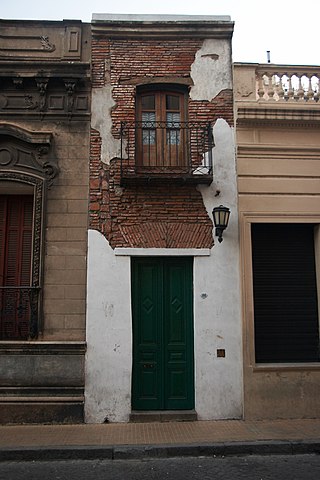
In the city of Buenos Aires, Argentina, the minimum house is known as a dwelling located at number 380 of Pasaje San Lorenzo, neighborhood of San Telmo. With only 3.27 meters wide and 13 meters deep, it has the particularity of being the narrowest in the city.
21. Plaza Casa Cuna
As part of the administrative complex that meant the Protomedicato of the Río de la Plata, Viceroy Vértiz founded, on August 7, 1779, on a plot of land on San José Street, near the corner with San Carlos, current Peru and Alsina streets, a Foundling Children's House.
22. Museo del Humor
The Museum Center of Buenos Aires was the headquarters of the General Directorate of Museums of the City of Buenos Aires, which changed its name since 2016 to the General Directorate of Heritage, Museums and Historic Centre. Since 2002 it has occupied the old building of the Munich Brewery, the work of the Hungarian architect Andrés Kálnay, built in 1927 meters from what was the Costanera Sur, current neighborhood of Puerto Madero.
23. Faena Arts Center
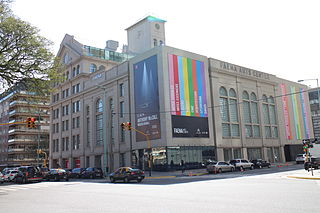
Faena Art Center is the cultural center of the Faena District Buenos Aires, a residential and cultural community in the Puerto Madero waterfront in Buenos Aires developed by the Faena Group and opened in September 2011. Alan Faena founded the center. Ximena Caminos is the Executive Director.
24. Iglesia San Juan Bautista
The Church of San Juan Bautista, known at the end of the nineteenth century as "San Juan de los franceses", because it was frequented by the French community of Buenos Aires, where they showed special devotion to an image of San Bernardo, is a Catholic church located on Alsina Street, on the corner of Piedras, in the neighborhood of Monserrat, in Buenos Aires. The primitive church was built in 1654, given its poor condition it was rebuilt in 1719. It was completely rebuilt in 1767, demolished in 1778 to build the current construction, completed in 1797. In 1942 it was declared a National Historic Monument by decree of the PEN. It was also known as the "church of the Basques", because the Betharramite or "Bayonese" fathers who managed it carried out their apostolate for the Basque community.
25. Asociación Argentina Amigos de la Astronomía
Asociación Argentina Amigos de la Astronomía is an amateur astronomy civil association based on Buenos Aires, Argentina, with the aim of spreading astronomy. It was founded on January 4, 1929 and its field courses are held on related subjects, research in collaboration with professional bodies and printed publications or multimedia, and recreational activities for the general public. The main-belt asteroid 4756 Asaramas was named in honor of the observatory.
Wikipedia: Asociación Argentina Amigos de la Astronomía (EN), Website
26. Teatro General San Martín
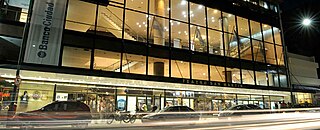
The Teatro General San Martín is an important public theater in Buenos Aires, located on Corrientes Avenue and adjacent to the cultural center of the same name. It is one of the major theaters in Argentina and offers venues for the representation of stage works and film, as well as art exhibitions.
27. Julio Argentino Roca
The monument to Julio Argentino Roca, in the city of Buenos Aires, Argentina, is a work made up of three bronze sculptures on a red polished granite base. Inaugurated in 1941, he honors Lieutenant General Julio Argentino Roca (1843–1914), political, military and statesman Argentine, architect of the desert conquest, twice president of the Argentine nation and representative of the so -called generation of the eighties that directed the Argentine politics for more than thirty years.
Wikipedia: Monumento a Julio Argentino Roca (Buenos Aires) (ES)
28. Los Angeles
The Los Angeles Cinema specialized in children's films produced by Disney. The building is on Avenida Corrientes 1764, Buenos Aires, an artery where theater spaces abound and, in other times, cinemas.
29. Museo Mitre
The Mitre Museum in Buenos Aires, Argentina, is a museum dedicated to Argentine history, as well as to the legacy of former President of Argentina, Bartolomé Mitre. The museum building is a Spanish colonial house built in 1785. It first appears in Argentine history as the refuge of the last Viceroy of Río de la Plata, Baltasar Hidalgo de Cisneros, following the May Revolution of 1810. In 1860 the house was rented by General Bartolomé Mitre in 1860, and was his residence during his tenure as the 6th President of Argentina between 1862 and 1868.
30. Monumento a la Cordialidad Argentino-Uruguaya
The monument to the Argentine - Uruguayan cordiality is a gift that Uruguay, a country where he made it, did to the city of Buenos Aires on the occasion of the four hundred years of his first foundation by Pedro de Mendoza. It was made by two artists from that country: Antonio Pena and Julio Vilamajó.
Wikipedia: Monumento a la cordialidad argentino - uruguaya (ES)
31. Parque Micaela Bastidas
The Micaela Bastidas Park is a public space in the neighborhood of Puerto Madero, city of Buenos Aires. It is characterized by a large elevated promenade on an embankment with stairs that runs along it, along which different sectors are articulated, such as a rose garden, a sports area and a children's playground. The park has 8 hectares and more than 40,000 trees, shrubs.
32. Monumento a los Caídos en Malvinas
The Monumento a los caídos en Malvinas is a cenotaph in Plaza San Martín, in Buenos Aires, dedicated to the 649 Argentine soldiers who were killed in the Falklands War. The inscription reads La nación también rinde homenaje a los que guardan en su cuerpo o memoria las huellas del combate.
33. Plaza Dorrego
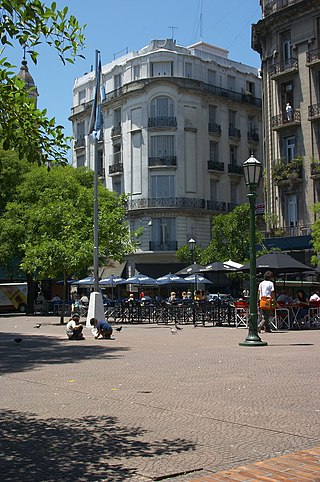
Plaza Dorrego is a square located in the heart of San Telmo, in Buenos Aires, Argentina. In the 19th century, San Telmo was the main residential barrio (neighbourhood) of the city and Plaza Dorrego was its focal point.
34. Plaza Coronel Toribio Tedín
The Plaza Coronel Toribio Tedín, known as Plaza Tedín in plain terms, was a green space in the Retiro neighborhood of the City of Buenos Aires located on Posadas Street between Cerrito and Carlos Pellegrini, in one of the blocks of Socorro demolished between 1978 and 1980 as part of the extension of Avenida Nueve de Julio. It was bordered to the south by Pasaje Eguía and to the north by the steps of Pasaje Seaver, both of which have disappeared. The square, formed from the union of unoccupied lots, was named by decree in 1953 in honor of a colonel from Salta who fought under the orders of Manuel Belgrano in the battles of Salta and Tucumán.
35. Cataratas del Iguazú, Misiones
The monument to the Iguazu cataracts is located in the Plazoleta Province of Misiones, at the corner of May Avenue and 9 de Julio Avenue in Buenos Aires (Argentina). It is located in one of the most central points of the city, a few blocks from the Obelisk and the Casa Rosada. It was inaugurated on December 11, 2013.
36. Catedral de San Marón
The St. Maron's Cathedral also called Maronite Catholic Cathedral of Buenos Aires is a religious building of the Catholic Church (Maronite) located at 834 Paraguay Street, in the Autonomous City of Buenos Aires, Argentina. Not to be confused with the metropolitan cathedral of Latin rite of the Holy Trinity, the cathedral of the military bishopric also of Latin rite or the Armenian Catholic Cathedral of Our Lady of Narek, all in the city of Buenos Aires.
37. Plaza Libertad
Plaza Libertad is a public square located in the Retiro neighborhood of the city of Buenos Aires. Located on Cerrito Street, next to 9 de Julio Avenue, it has on one of its sides the Coliseo Theater, the modern Libertad Plaza Building and underground there is a municipal parking lot.
38. Plaza Garay
Plaza Garay is a public green space located in the Constitución neighborhood, Buenos Aires. It is one of the oldest in Buenos Aires, known in colonial times as Hueco de los Sauces, and was formerly crossed by the Tercero del Sud stream. It is located between Pavón, Solís, Presidente Luis Sáenz Peña streets and Juan de Garay Avenue, within Comuna 1.
39. Plaza Fuerza Aérea Argentina
Plaza Fuerza Aérea Argentina is a square located in the barrio (district) of Retiro in Buenos Aires, Argentina. The square is located between the Retiro railway station on Avenida Dr. José María Ramos Mejía, Avenida San Martín and Avenida del Libertador. It was designed and built in the 1940s and inaugurated on January 4, 1945. Originally called Plaza Británica, its name was changed in 1982 to the current one, by paying homage to the Argentine Air Force after the Falklands War, which was its first war against an external enemy. However, some still refer to it by its old name and also Plaza de los Ingleses, although the latter name was never used officially. The Torre Monumental, is located in the center of the square.
40. Museo Casa Rosada
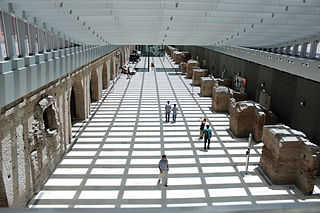
The Casa Rosada Museum is an Argentine museum located in the old galleries of the Taylor Customs House in the city of Buenos Aires, inaugurated on May 24, 2011. It functions as an annex to the Casa Rosada and exhibits some 10,000 historical pieces that belonged to many presidents of the Argentine Republic, originating from the collection of the Casa Rosada Presidential Museum. It was inaugurated in 2011 during the presidency of Cristina Kirchner.
41. Teatro Presidente Alvear
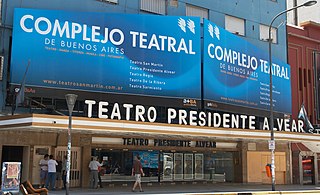
The Presidente Alvear Theater is located in the San Nicolás neighborhood of the City of Buenos Aires, precisely on Avenida Corrientes 1659, and is one of the theaters dependent on the Ministry of Culture of that city.
42. Teatro Opera
The Opera Theater is located at 860 Corrientes Avenue in the city of Buenos Aires, Argentina, 200 meters from the Obelisk of that city. Ava Gardner, Édith Piaf, Mina Mazzini, the Folies Bergère, the Lido de Paris, Fairuz, R5 (band) among other international artists performed there, as well as local artists such as Mercedes Sosa, Los Abuelos de la Nada who recorded their album live, or the Ariel Ramírez Folklore Company, with Jaime Torres and Las Voces Blancas, at the premiere of the precursor film of the mockumentary genre. Chronicle for a future, in 1967.
43. Andrés Guacurarí y Artigas
Andrés Guacurarí, Andrés Guasurarí or Andrés Guaçurarí y Artigas, known as Comandante Andresito, was a Guaraní missionary military officer and caudillo. He was one of the first federal caudillos of the United Provinces of the Río de la Plata. Of Guaraní origin, he governed between 1815 and 1819 the Province of the Missions, of which the current Argentine province of the same name is only a remnant. He was one of the most faithful collaborators of the general of the Banda Oriental José Gervasio Artigas, who sponsored him and adopted him as a son; allowing him to sign as Andrés Artigas.
Share
How likely are you to recommend us?
Disclaimer Please be aware of your surroundings and do not enter private property. We are not liable for any damages that occur during the tours.
